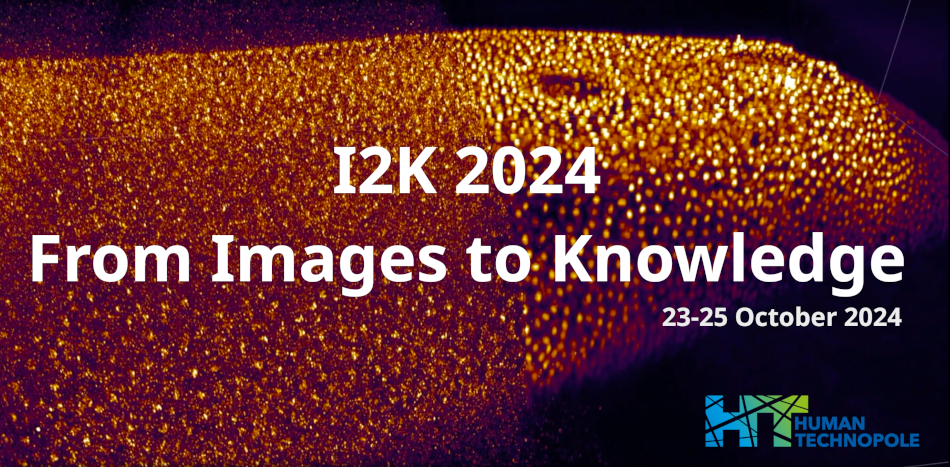Speaker
Description
Advances in imaging and computation have enabled the detailed recording and quantification of spatial biological processes. However, there remains a gap in the statistical analysis and modeling of spatial information. A key challenge is to discover co-observed processes that statistically explain spatial localization patterns. We address this problem in the framework of spatial point processes, a class of statistical models over discrete objects in space, to quantify spatial localization patterns. In data sets with a high number of covariates, however, traditional combinatorial approaches become intractable or point process models lose interpretability. We propose a sparsity regularization for spatial point processes and show in several biological settings how this enables identifying the underlying explanatory factors. Moreover, we show how robust model selection can be used to make reliable predictions under noise, enabling inference directly from microscopy images. Finally, we discuss the interpretability of the resulting models and give an outlook on downstream inference tasks, such as clustering or the estimation of dynamic quantities.
| Authors | Dominik Sturm*, Ivo F. Sbalzarini |
|---|---|
| Keywords | spatial localization, point processes, variable selection |

